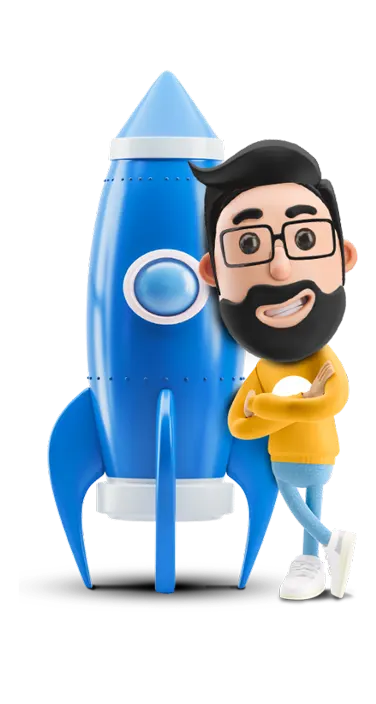
Launching Soon
Join our VIP list to receive early access and a LIFE-TIME discount on your Graphic
Design subscription.



Image: Unsplash
Your brand is defined by the experience your customers have with your business. So, it’s no wonder why target market profiling is important for your branding strategy.
But before we dive right into it, it’s important to get a basic understanding of all the working parts.
Your target market is the specific group of people that you are aiming to reach and engage with your products, services, or content. In order to effectively target your audience, you need to understand their needs, preferences, and characteristics.
This can include demographic information, such as age, gender, income level, and geographic location, as well as psychographic information, such as interests, values, and lifestyles.
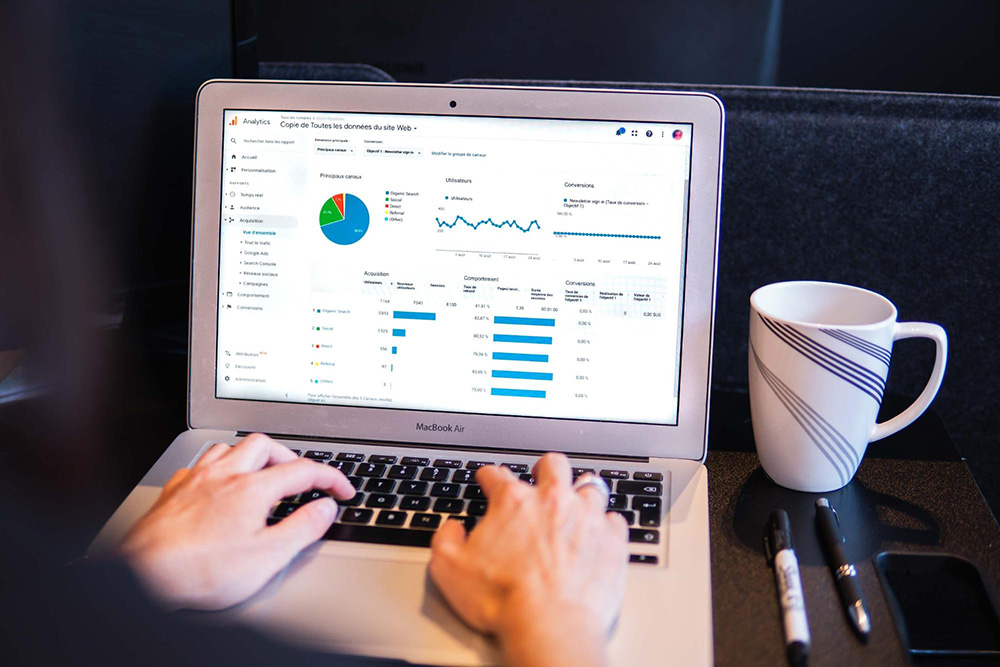 It’s important for any brand to target the right people. Image: Unsplash
It’s important for any brand to target the right people. Image: Unsplash
When you have a detailed profile of your brand’s target market profile, you can tailor your marketing efforts and messaging to better resonate with a specific group of people. This can increase the effectiveness of your marketing campaigns and ultimately drive more sales.
Additionally, target market profiling can help you better understand the needs and preferences of your target market, which can inform product development and improve the overall customer experience.
By knowing who your target market is and what they are looking for, your business will be recognised as a brand that creates products and services that are more likely to meet the needs and expectations of your customers.
However, before you can effectively target your audience, you need to understand who they are and what they are looking for.
In this article, we will explore the steps to identify your target market, provide tips on how to effectively define and profile your ideal customers, and discuss the benefits of targeting the right group of people for your brand.
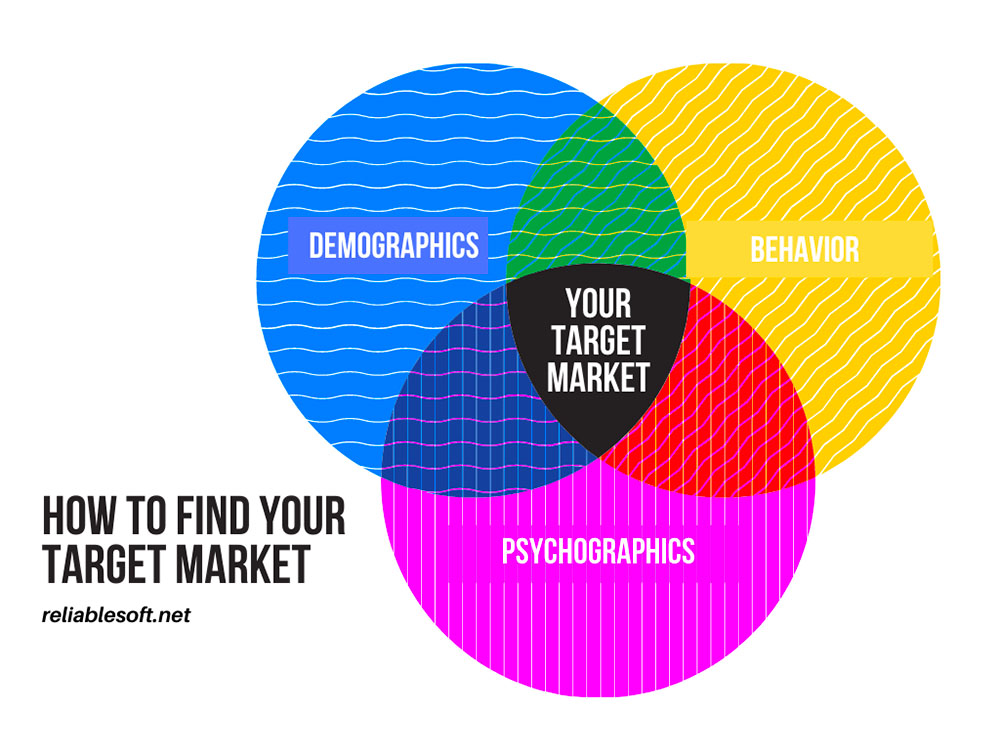 A simple Venn Diagram that illustrates how you can easily define your target market. Image: Reliablesoft
A simple Venn Diagram that illustrates how you can easily define your target market. Image: Reliablesoft
Unsure of who your brand's target market is? Follow these steps to identify and narrow in on your ideal customer base:
1) Analyse your customer base and conduct qualitative interviews with your customers
2) Research your competition
3) Develop a customer persona
Name: Rachel
Demographics:
Age: 27
Gender: Female
Income: $50,000
Geography: Urban
Psychographics:
Interests: Fitness, health, wellness
Values: Sustainability, self-improvement, community
Lifestyle: Busy, health-conscious, eco-conscious
Rachel is a busy young professional who is passionate about fitness, health, and wellness. She values sustainability and is always looking for ways to improve herself and her community. Rachel is very active and is always on the go, and she values convenience and efficiency in her daily life. She is also eco-conscious and looks for products and services that are sustainable and environmentally friendly. Rachel is the ideal customer for a brand that offers high-quality, sustainable, and convenient fitness and wellness products and services.
4) Evaluate and refine your target market
With all the research you’ll be doing, there will likely be some overlap between your target market and those who might seem like they are. It’s important to eliminate values, interests, and lifestyles that are not part of your brand so you can save thousands of ad dollars to focus on the specific target market for your brand.
As you gather more data and interact with customers, you will get a more specific and accurate understanding of your target market. Regularly evaluating and refining your target market can help you ensure that you are effectively targeting the right group of people for your brand.
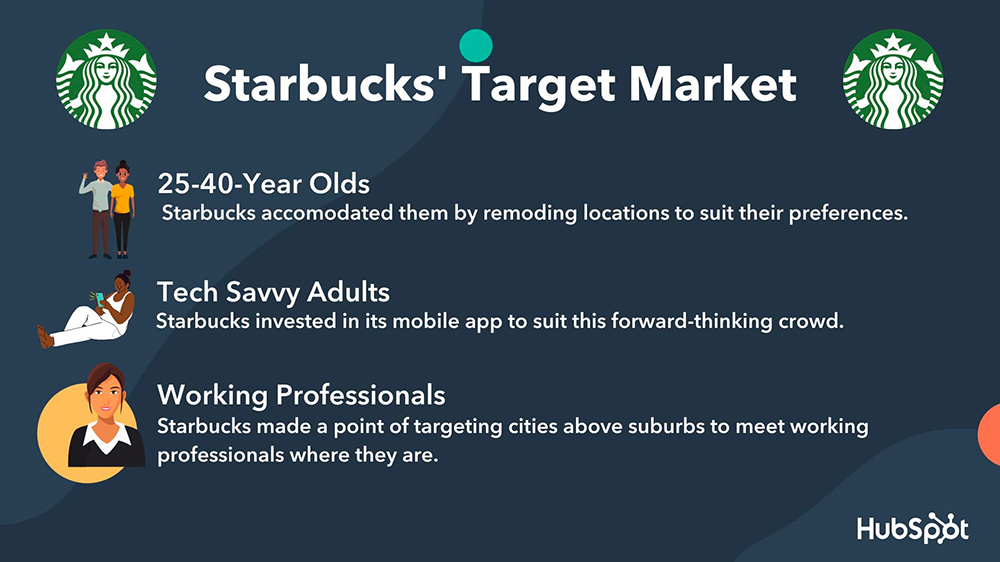 An example of Starbucks’ target market. Image: HubSpot
An example of Starbucks’ target market. Image: HubSpot
Looking for inspiration on how to profile your brand's target market? Check out these examples of successful international brands and their targeted customer base.
1. Nike
Nike is a global athletic footwear and apparel company known for its iconic "swoosh" logo and slogan, "Just Do It”. Nike's brand is centered around performance, innovation, and motivation, and it targets a wide range of consumers, including athletes, fitness enthusiasts, and casual sports fans.
Demographics:
Age: 18-35
Gender: Male and female
Income: Mid to high range
Geography: Global, with a focus on urban areas
Psychographics:
Interests: Fitness, sports, athletics
Values: Performance, innovation, motivation
Lifestyle: Active, health-conscious, competitive
2. Coca-Cola
Coca-Cola is a global beverage company known for its iconic red and white logo and its signature soft drink, Coca-Cola. Coca-Cola's brand is centered around fun, refreshment, and happiness, and it targets a wide range of consumers, including young people, families, and people of all ages.
Demographics:
Age: All ages, with a focus on younger consumers
Gender: Male and female
Income: All ranges
Geography: Global, with a focus on urban areas
Psychographics:
Interests: Refreshment, relaxation, socialising
Values: Fun, happiness, enjoyment
Lifestyle: Active, social, outgoing
3. Apple
Apple is a multinational technology company known for its sleek and innovative design, as well as its iconic logo featuring a stylised apple with a bite taken out of it. Apple's brand is centered around innovation, design, and a premium user experience, and it targets a wide range of consumers, including affluent and tech-savvy individuals.
Demographics:
Age: 25-45
Gender: Male and female
Income: High range
Geography: Global, with a focus on urban areas
Psychographics:
Interests: Technology, design, innovation
Values: Quality, convenience, style
Lifestyle: Sophisticated, tech-savvy, busy
4. Amazon
Amazon is a global online retailer known for its wide selection of products and fast, reliable delivery. Amazon's brand is centered around convenience, selection, and value, and it targets a wide range of consumers, including individuals, families, and businesses.
Demographics:
Age: 25-45
Gender: Male and female
Income: All ranges
Geography: Global, with a focus on urban areas
Psychographics:
Interests: Shopping, convenience, value
Values: Efficiency, selection, convenience
Lifestyle: Busy, online-savvy, value-conscious
5. Google
Google is a global technology company known for its search engine and a range of other products and services, including advertising, cloud computing, and hardware. Google's brand is centered around innovation, simplicity, and accessibility, and it targets a wide range of consumers, including individuals, businesses, and organisations.
Demographics:
Age: 25-45
Gender: Male and female
Income: All ranges
Geography: Global, with a focus on urban areas
Psychographics:
Interests: Technology, innovation, convenience
Values: Accessibility, simplicity, innovation
Lifestyle: Tech-savvy, busy, connected
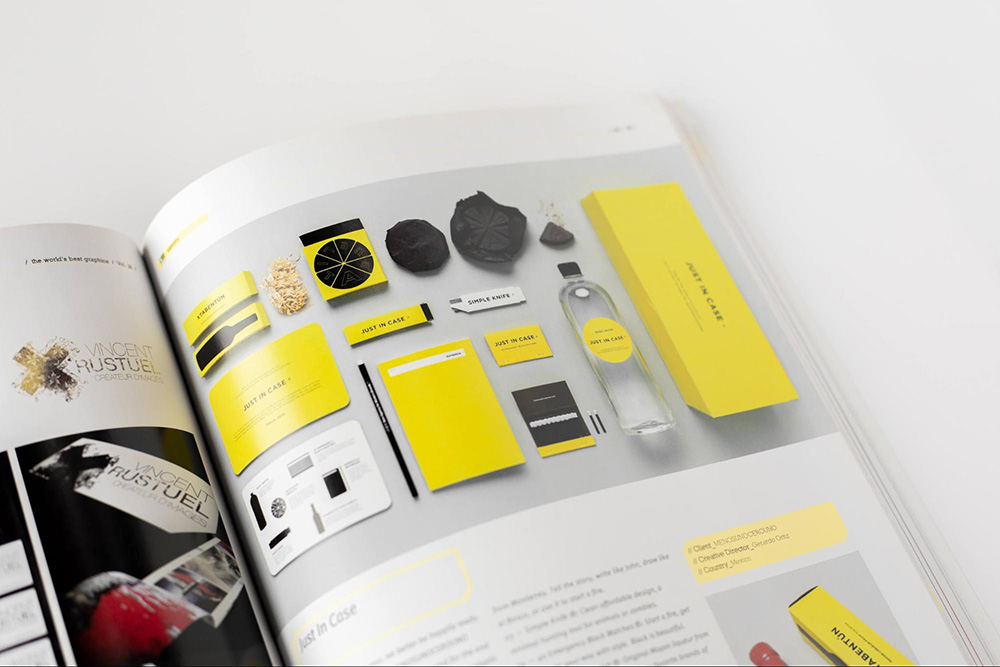 Once you’ve figured out your audience, it’s time to develop a brand positioning. Image: Unsplash
Once you’ve figured out your audience, it’s time to develop a brand positioning. Image: Unsplash
Congratulations on identifying your brand's target market! Now it's time to take the next step and develop a brand positioning that resonates with your audience. This is how you can start:
Based on your understanding of your target market's needs and preferences, you can develop a brand positioning that speaks to them.
Showcase what sets your business apart from the competition. Communicate the value of your brand’s unique selling proposition (USP) and how it can deliver your customers' aspirations or be the solution to their pain points.
You can use a positioning statement to summarise the brand’s USP and target market.
Your brand identity includes visual elements, such as your logo, color palette, and typography, as well as your brand's tone of voice and messaging. It is important to create a brand identity that is aligned with your brand positioning and resonates with your target audience.
We will use Apple as an example of a business with a strong brand identity:
As you know, Apple's brand positioning is centered around simplicity, innovation, and exclusivity. The company uses a number of visual elements that contribute to the overall brand image and messaging, these elements include:
These visual elements work together to create a cohesive and distinctive brand identity that is instantly recognisable and reflects Apple's positioning as a leader in the technology industry.
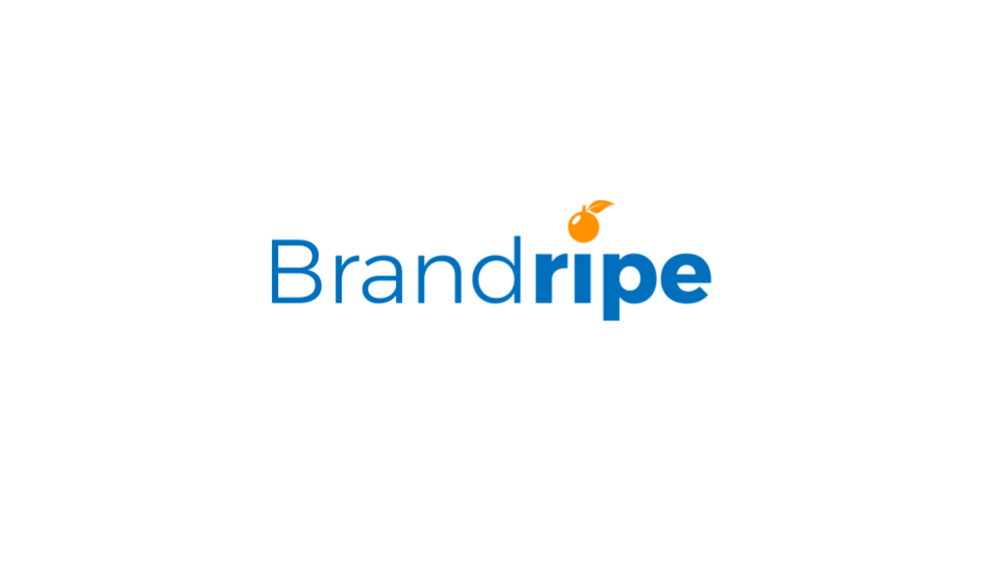 Clearly, there is a lot of work to be done so let the professional creators at Brandripe help you work smarter. Brandripe is a professional on-demand graphic design service that is ready to meet your growing business needs for visual designs, so you can focus on what matters the most.
Clearly, there is a lot of work to be done so let the professional creators at Brandripe help you work smarter. Brandripe is a professional on-demand graphic design service that is ready to meet your growing business needs for visual designs, so you can focus on what matters the most.
With an experienced team of designers that have helped over 100 SMEs, marketing departments, and startups, we can help you create the perfect palette, typography, imagery, and even product packaging to fit your target audience.
Feel free to do more reading on:
Once you’re ready to take the next step, go right ahead and schedule a 15-minute VIP Demo Call with us so we can kickstart your brand on the right note!

